Individuals
6
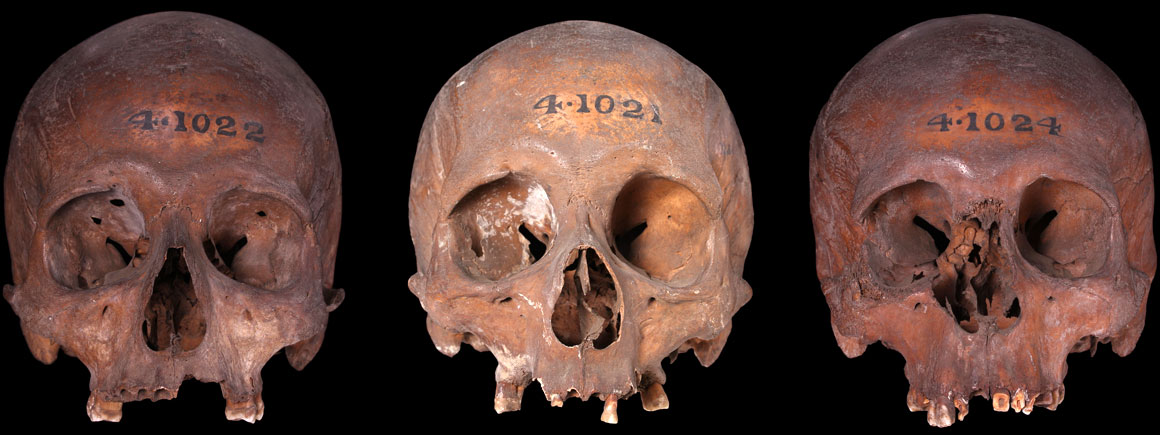
A series of skulls from London Wall
6
3
3
In late 1866 human remains were found on the building site for a new wool warehouse at 6 London Wall.
A short article about the site, under the heading 'A subject for antiquaries', was published in The Times - and an antiquarian took notice.
Lieutenant Colonel Augustus H Lane-Fox read the article in The Times and made a visit to the site that very day.
Lane-Fox had begun his interest in archaeology during military service abroad and upon his return to London became involved with many archaeological societies, amongst them the Society of Antiquaries.
Lane-Fox observed the excavations and collected many Roman items from thick layers of peat including leather shoes, pottery, keys, copper pins, shears and human remains.
Most of the crania recovered from the site have the reddish brown staining characteristic of a burial in alluvial (river) sediments.
Though entirely underground in recent times, during the Roman period the streams of the Walbrook River ran through this site. In 1988 three of the remains were radiocarbon-dated to the late Iron Age or Roman period.
Recent archaeological investigations on an adjacent site uncovered the rest of this site which included a wooden track-way and revetments of the Walbrook streams.
The human remains from the collection were donated to the Royal College of Surgeons in 1885 and were subsequently transferred to the Museum in the late 1940s.
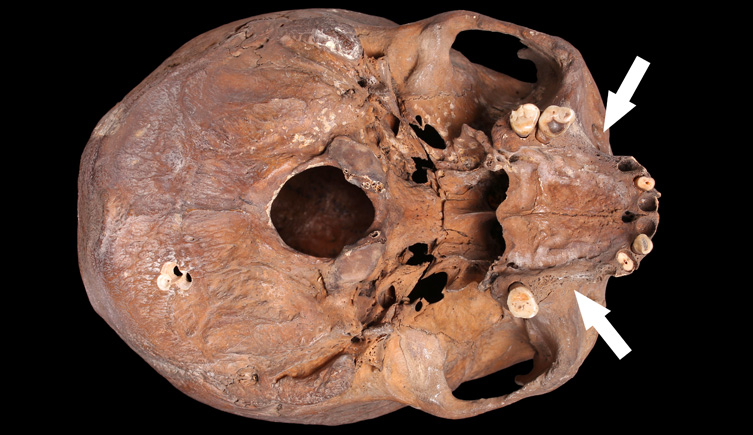
Individual with dental wear and ante mortem tooth loss
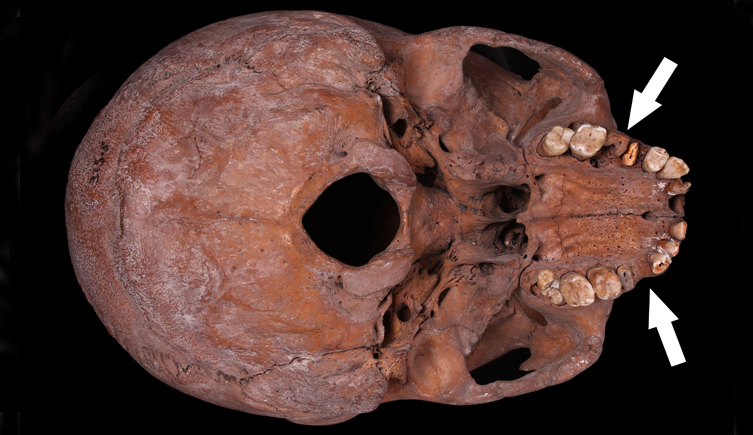
Individual with caries and ante-mortem tooth loss
The London human remains collection have been digitised
If you would like to use any specimens for research, please get in touch
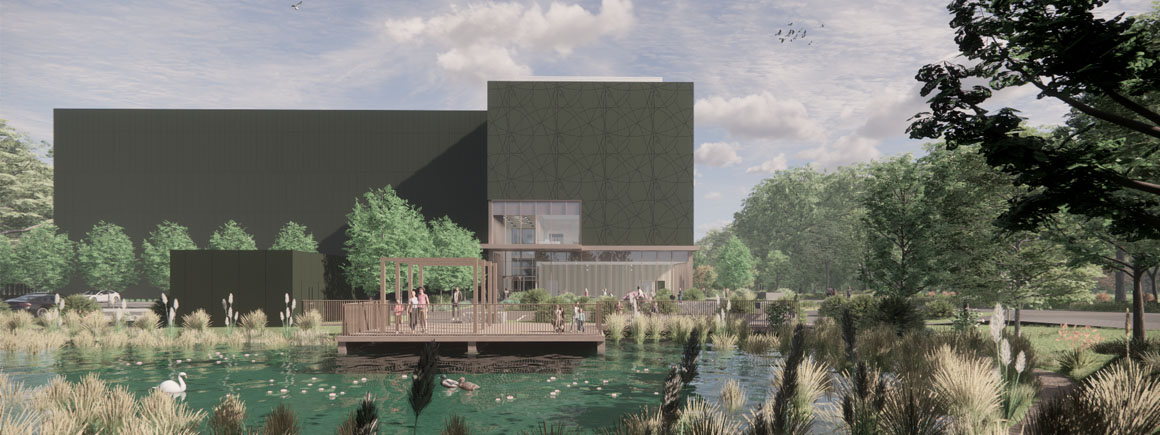
Access to some collections will be affected as we prepare for the move to our new collections, science and digitisation centre.
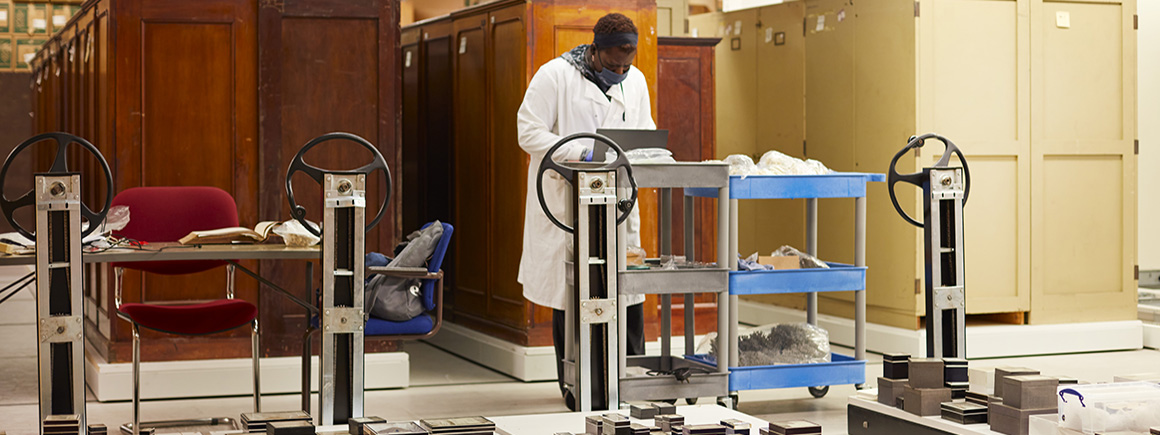
Scientists and collections management specialists can visit the collections and borrow specimens for research.
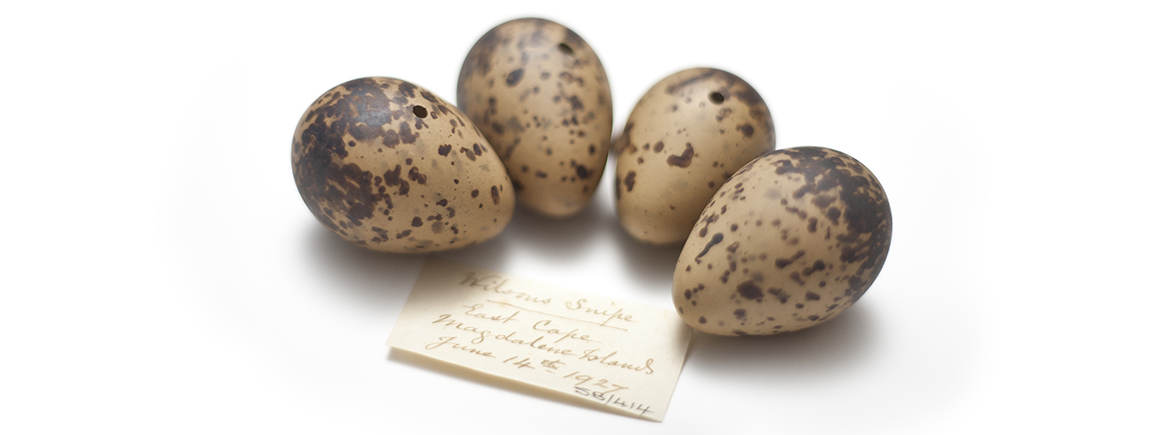
Our duty is to provide a safe and secure environment for all of our collections.